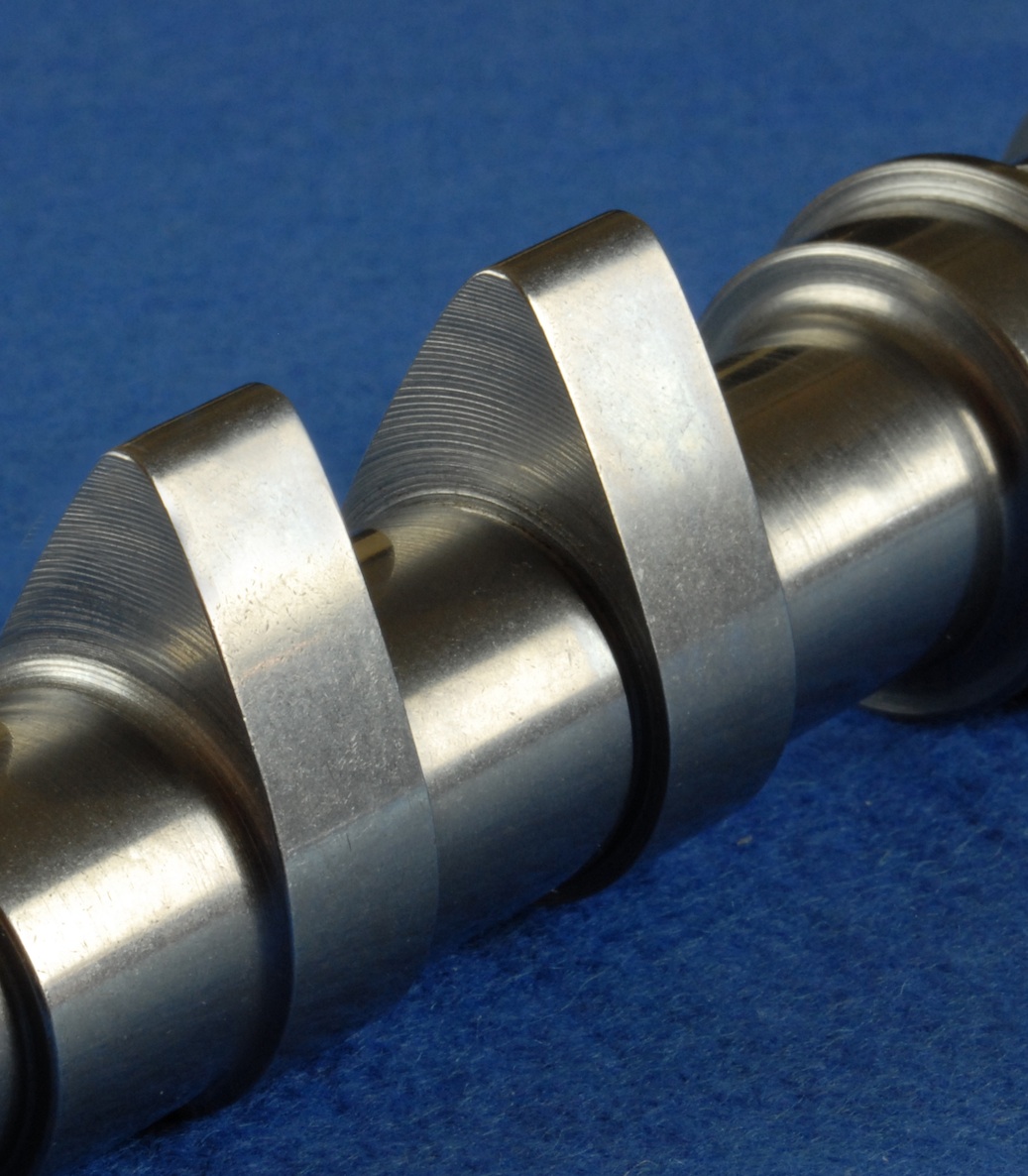Friction
While the friction in the valvetrain may not be particularly high, is it not insignificant. And even assuming a suitable motored rig can be developed, understanding the output data can bring considerable challenges. Indeed, my own attempts to measure the power to turn a simple direct-acting camshaft, although giving reliable and repeatable results, only served to underline the highly dynamic nature of the forces involved and the sensitivity of the final result to the many parameters in the system.
To demonstrate this last point, on the one hand a 2 litre road engine running under typical urban driving conditions (around 2500-3000 rpm) could consume anywhere between 400 and 625 W, or about 30-38% of the total friction losses depending on the grade of oil in use. On the other hand, a Formula One engine at maximum power speed will absorb nearer 10 kW, or 16% of the total friction power. With such a wide discrepancy in percentages and power necessary to drive these valvetrains one can only conclude that the factors involved are complex. And this is generally accepted to be the case since valvetrains operate mainly in the mixed or boundary layer region of the Stribeck curve.
For race engines, however, the friction generated in the valvetrain has to be balanced against the expectation of the increase in engine performance. The rapid opening of intake and exhaust valves will clearly have an impact on the torque required to turn the cam, even though much of the energy used in opening will be delivered back from the spring in the closing of the valve. Higher forces, according to classical theory, will result in greater fluid film pressure and consequently thinner oil film thickness, to the point where intersection of the asperities of the two rubbing surfaces will engage further, leading to higher levels of friction.
Even if moving away from classical theory and considering the elastohydrodynamic effects, distortion of the mating surfaces under the increased loads generated will increase the surface area in contact and at the same time, since frictional force = µ (the coefficient of friction) multiplied by area. The result, whichever way you look at it, will increase friction, but unlike our road-going design engineers where wide-open throttle performance is secondary to other things like fuel efficiency, in race engines higher cam friction can be tolerated.
You might say that converting the rotational motion of something like a camshaft into the reciprocating action of an intake or exhaust valve is bound to introduce high levels of friction, since the process of starting and stopping the valve has to move through the boundary lubrication zone and into the mixed portion. But where engine speeds are relatively low and valvetrain friction is seen as critical, it may be possible to replace the sliding contact surface of the traditional cam and follower by one where only rolling contact exists, using some kind of roller bearing follower. And since rolling contact, with no sliding, is the most efficient way of transferring motion it is no wonder that all new engines designed for road applications may well conform to this technology.
Road engines and race engines – the valves need to do the same thing but the design compromises differ widely.
 Fig. 1 - Camshaft
Fig. 1 - Camshaft
Written by John Coxon